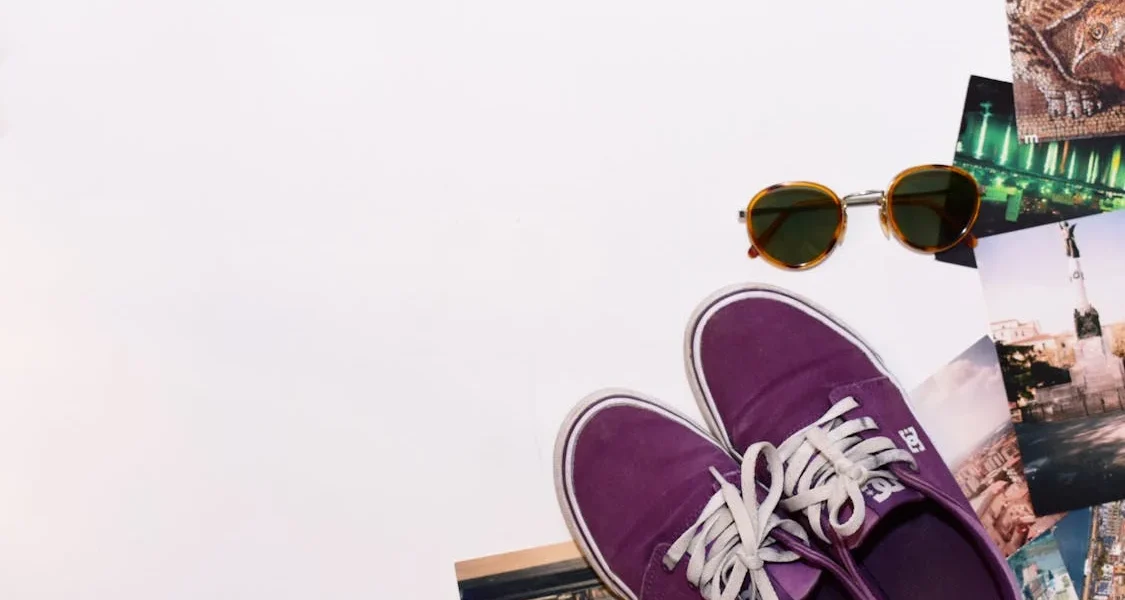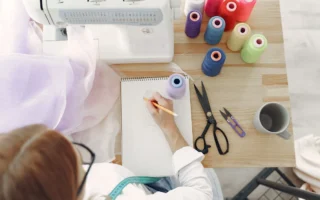Vejas sneakers have garnered a reputation for their sleek design, ethical production, and minimalist appeal. Whether you’re a dedicated sneakerhead or simply someone who appreciates quality footwear, Vejas offer something unique. However, one topic that often arises among Vejas owners and enthusiasts is the phenomenon of creasing at the back of the shoe. This blog post delves into why the “back of Vejas creased” occurs, its impact on the sneaker’s aesthetics and durability, and how to care for your Vejas to minimize creasing.
The Appeal of Vejas Sneakers
Before diving into the specifics of creasing, it’s important to understand why Vejas have become a staple in many wardrobes. Founded in 2005, the brand has distinguished itself by producing sustainable sneakers that don’t compromise on style. Vejas are made from eco-friendly materials such as organic cotton, wild rubber from the Amazon, and vegetable-tanned leather. The brand’s commitment to ethical manufacturing practices has earned it a loyal following among consumers who value both fashion and environmental responsibility.
What Causes Creasing in Sneakers?
Creasing in sneakers, including Vejas, is a natural occurrence that happens as the shoes mold to the shape of your feet over time. Creases are most commonly found in areas where the material bends, such as the toe box and, as noted, the back of the shoe. Here’s why creasing happens:
- Material Flexibility: The materials used in Vejas, particularly leather and synthetic blends, are designed to be durable yet flexible. This flexibility allows the shoe to adapt to the wearer’s foot shape, which inevitably leads to creases where the material bends the most.
- Wear and Tear: As you walk, the natural movement of your foot causes the material at the back of the shoe to bend repeatedly. This repeated bending results in creasing over time. The more you wear your Vejas, the more likely it is that creases will develop.
- Fit and Sizing: If your Vejas are too tight or too loose, it can exacerbate creasing. A snug fit ensures that the shoe moves with your foot rather than against it, reducing the likelihood of deep creases forming.
- Moisture and Humidity: Leather and other materials can become more pliable in humid conditions, making them more susceptible to creasing. Additionally, sweat from your feet can soften the material, leading to more pronounced creases.
Is Creasing a Problem?
For many sneaker enthusiasts, creasing is a cause for concern, particularly for those who prize a pristine, box-fresh look. However, creasing is not inherently a problem. In fact, creases can add character to your shoes, telling a story of where they’ve been and how much they’ve been loved. Here’s why creasing shouldn’t be seen as a negative:
- Authenticity: A creased pair of Vejas shows that they’ve been worn and enjoyed. Unlike other signs of wear, such as scuffs or stains, creases are a natural part of the shoe’s life cycle.
- Comfort: As your Vejas crease, they mold more closely to the shape of your foot, making them more comfortable over time. A well-worn pair of Vejas that has conformed to your foot will often feel more comfortable than a brand-new pair.
- Aesthetic Appeal: Some sneakerheads appreciate the look of a slightly creased shoe, which can suggest a well-loved, lived-in style. In some fashion circles, creases can even enhance the shoe’s aesthetic, offering a more authentic and personalized appearance.
How to Minimize Creasing in Vejas
While creasing is a natural part of wearing sneakers, there are steps you can take to minimize it, especially if you prefer to keep your Vejas looking as fresh as possible:
- Proper Sizing: Ensure that you’re wearing the right size. A snug fit will help reduce excessive movement within the shoe, which can lead to creasing. Avoid shoes that are too tight, as they can cause discomfort and exacerbate creasing in other areas.
- Use Shoe Trees: After wearing your Vejas, insert shoe trees to help maintain their shape. Shoe trees are particularly effective in reducing creasing at the back of the shoe by keeping the material taut when not in use.
- Avoid Prolonged Moisture Exposure: Try to keep your Vejas dry, as moisture can soften the material and lead to more pronounced creasing. If your shoes do get wet, stuff them with newspaper or paper towels to absorb moisture and help them retain their shape.
- Rotate Your Shoes: If you wear the same pair of Vejas every day, they’ll crease more quickly. Rotate your footwear to give each pair a chance to rest and recover, which can slow down the creasing process.
- Consider Leather Conditioners: Using a leather conditioner on your Vejas can help keep the material supple and less prone to creasing. Conditioners nourish the leather, making it more resistant to the stresses that cause creasing.
Embracing the Crease
For some, the sight of creases might initially be unwelcome, especially on a premium sneaker like Vejas. However, embracing the creases as part of the shoe’s story can change your perspective. Each crease is a testament to the adventures you’ve taken your Vejas on, and the comfort they’ve provided along the way.
Conclusion
The creasing of the back of Vejas sneakers is a natural occurrence that results from wear, material flexibility, and foot movement. While some may view creasing as a flaw, it’s essential to recognize that creases add character to your shoes, making them uniquely yours. By taking proper care of your Vejas and embracing the natural wear and tear, you can enjoy both the aesthetic and functional benefits that come with owning a pair of these iconic, sustainable sneakers.
So, the next time you notice the back of your Vejas creasing, remember that it’s not just a sign of wear—it’s a sign of a shoe that’s been lived in, loved, and ready for more adventures.



